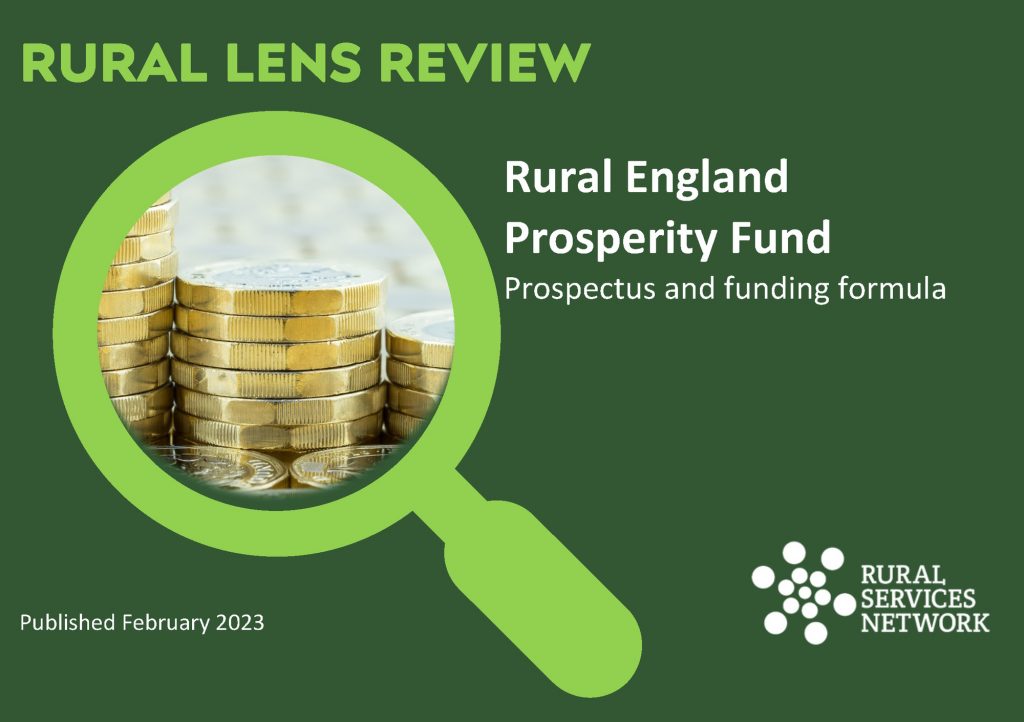” It demonstrates a fundamental misunderstanding of what is needed to support activity in rural areas and is a backward step.” [Rural Services Network]
.
The UK government has put out proposals for its “Rural England Prosperity Funding Formula”: Rural England Prosperity Fund: prospectus – GOV.UK
Not many local authorities have responded, but Port Talbot has just produced this guide for the general ‘shared prosperity fund’:
UK Shared Prosperity Fund – Open call
What is the UK Shared Prosperity Fund?
The UK Shared Prosperity Fund (UKSPF) is a central pillar of the UK Government’s Levelling Up agenda and will provide funding over a three-year period to March 2025.
All areas of the UK will receive an allocation from the Fund via a funding formula rather than a competition. In South West Wales, there are separate allocations for each county, and these will be managed locally. The UKSPF’s mix of revenue and capital funding can be used to support a wide range of interventions to build pride in place and improve life chances.
The UKSPF allocations are made up of ‘core’ funding, which will fund most of the Fund’s Priorities, and the Multiply programme, which focuses on supporting adult numeracy initiatives.
What themes does the programme cover?
- This funding will be invested across three priorities of the UKSPF by March 2025:Communities and place: to enable places to invest to restore their community spaces and relationships and create the foundations for economic development at the neighbourhood-level. The intention of this is to strengthen the social fabric of communities, supporting in building pride in place.
- Support for local businesses: enabling places to fund interventions that support local businesses to thrive, innovate and grow.
- People and skills: funding to help reduce the barriers some people face to employment and support them to move towards employment and education. Places can also target funding into skills for local areas to support employment and local growth.
UK Shared Prosperity Fund – Open call – Neath Port Talbot – Neath Port Talbot Council
That’s a demonstration of how funding is panning out for urban areas.
When it comes to the specific ‘rural England’ shared prosperity fund, the Rural Services Network gives its verdict, also today:

The Rural Services Network has published its Rural Lens review of the Rural England Prosperity Fund Prospectus and Funding Formula.
The RSN welcomes the announcement of the long-awaited Rural England Prosperity Fund (REPF), and we are pleased to see that the Government has stressed that the REPF does not mean that the UK Shared Prosperity Fund is an urban fund; that it too should reach rural areas. However, we do have some concerns:
- The fact that the scheme delivers capital funding only is one of the major concerns. It demonstrates a fundamental misunderstanding of what is needed to support activity in rural areas and is a backward step. The lack of revenue funding ignores the issues of the capacity of rural councils regarding to the development and delivery of proposals.
- Capacity (or rather lack of it) is also a key issue for the business and community/voluntary organisations concerned, both in their ability to develop new products/services and support existing activities without some additional revenue support.
- A key difference to LEADER funding is that each LEADER programme had a Management & Administration budget, which could be up to 18% of the overall programme budget. It would have been very helpful if a provision such as that were included within the REPF.
- The allocation of funds such as the Rural England Prosperity Fund must better reflect the overall government funding (including the annual Local Government Funding Settlement) and therefore capacity issues of the different types of Councils benefiting from the schemes. In the Final Local Government Finance Settlement for 2023/24 Predominantly Urban areas get 59% more in Settlement Funding Assessment than do their Predominantly Rural counterparts – with the funding gap having widened compared to 2022/23.
- In our view the timescale did not allow sufficient time for meaningful consultation with the rural communities within the local authority areas on the specifics of this rural fund.
- It is essential that there is a full evaluation in due course of the whole of the initiative and not just on the delivery of outcomes. Such an evaluation should reflect on capital only aspect of the Fund.
You can read the full Rural Lens Review by clicking on the link: rural-england-prosperity-fund-prospectus-rural-lens-review.pdf